The toddler years are all about curiosity, scraped knees, and unexpected rashes. So when a stubborn red patch appears under the diaper or in the crook of a chubby arm, most parents worry: Is this just a rash, or is it a fungal infection? Getting a toddler to sit still for medicine is tough enough—the last thing you need is a confusing lineup of antifungal products, fragrances hidden on labels, or dosing info that’s as clear as mud. Let’s untangle the mess so you can protect your little one’s skin without second-guessing yourself or ending up with something that makes the problem worse.
Understanding Antifungal Options for Toddlers
Some rashes just don’t listen to diaper cream or baby powder. Fungal infections sneak in when the skin stays warm and moist—picture the folds behind knees, diaper areas, or even tiny toes. The usual suspects? Yeast (like Candida) and the fungi from ringworm. An over-the-counter antifungal cream can be a game-changer, but picking one isn’t just about grabbing whatever’s on the shelf. There are creams, ointments, powders, and even sprays out there. Each does a slightly different job.
Creams are usually the gold standard for most toddler skin issues. They’re easy to spread, absorb well, and don’t clog pores, making them perfect for soft, sensitive skin. Ointments are thicker, and while they can be soothing, sometimes they’re just too greasy and can trap too much moisture. Powders work in areas that stay damp, like folds under the neck or armpits, but watch out—powders can sometimes irritate if not used carefully. Sprays might sound convenient, but toddlers are wiggly, and sprays can end up anywhere except on the rash.
If you stroll through the pharmacy aisle, you’ll see ingredient names like clotrimazole, miconazole, and terbinafine. For most diaper and body rashes in toddlers, clotrimazole and miconazole are safe bets. Terbinafine’s a bit stronger and usually reserved for tougher fungal infections (think athlete’s foot). Before using any antifungal, check the box or tube for “pediatric use” guidelines. Some brands make versions specifically for babies and toddlers, with gentler formulas free of harsh additives.
With infants and toddlers, you want something that’s already tried and trusted. For example, clotrimazole cream for toddlers is a staple for many parents and pediatricians because it’s proven safe and effective for little ones, especially for fungal diaper rash and other folds. For those worried about allergic reactions or eczema flare-ups, picking a formula without alcohol or preservatives gives peace of mind. And no matter which you pick, keep that area dry—dry skin means less chance for fungus to thrive.
Did you know toddlers are more likely than older kids to get skin fungal infections, especially during summer? Warmth, sticky heat, potty training… it’s a perfect storm. According to a 2023 report by the American Academy of Pediatrics, nearly 1 in 5 toddler skin rashes evaluated by pediatricians was actually fungal in origin. Sticking to creams designed for delicate skin just makes practical sense.
Selecting the Best Formulation: What Works, What to Skip
There’s a world of difference between a tube that sits in your medicine cabinet and a formula that actually helps your toddler without causing new problems. First, ingredients. Read labels like you’d read a food label for allergies—especially if your child has ever reacted to creams or has very sensitive skin.
Fragrance is one of the top culprits when it comes to toddler skin irritation. It sounds harmless (“gentle vanilla” or “soothing aloe”), but fragrances are the sneaky enemy that can make rashes worse or irritate sensitive little bodies. Stick with fragrance-free whenever possible. If you see “parfum,” “fragrance,” or flowery additives near the end of the ingredient list, put it back on the shelf. Dermatologists recommend fragrance-free formulas for children under three as a general rule.
Antifungal creams come in many types, but you want one that absorbs quickly, doesn’t leave residue, and won’t clog the skin’s breathing. Creams labeled “non-comedogenic” or “hypoallergenic” tend to be safer choices. Also check for added moisturizers like glycerin or petrolatum, which can soothe skin and help with healing—but make sure there aren’t extra oils that keep the infected area too damp. Ointments are good for nighttime—thicker means they stick overnight, but they can worsen issues if your toddler is prone to heat rash.
Here’s a cheat-sheet table on formulation features to help you at the store:
| Formulation | Best For | Avoid If |
|---|---|---|
| Cream | Most diaper rashes, fold rashes | Main ingredient is alcohol or fragrance |
| Ointment | Dry, scaly patches overnight | Skin is already sweaty or damp |
| Powder | Armpits, neck, toe folds | Open skin or weeping rash |
| Spray | Hard-to-reach areas | Wiggly toddlers, near eyes or mouth |
If your toddler has allergies or eczema, it’s best to ask your pediatrician for a recommendation—some antifungals blend well with steroid creams, others don’t, and you don’t want to play mix-and-match without help. When in doubt, try a tiny spot test. Apply a small amount to a less sensitive area and watch for any signs of redness over 24 hours before using it on larger patches.
Pharmacies also sell combo creams—antifungal plus steroid in one. These are not recommended for most quick-fix toddler rashes unless your pediatrician is on board. Why? Steroids can thin the skin with repeated or long use, and that’s the last thing little kids need.
You’d be surprised how many parents report that a simple, fragrance-free cream worked better than anything fancy. Sometimes the basic stuff, used well, beats the shiny ‘miracle’ options.
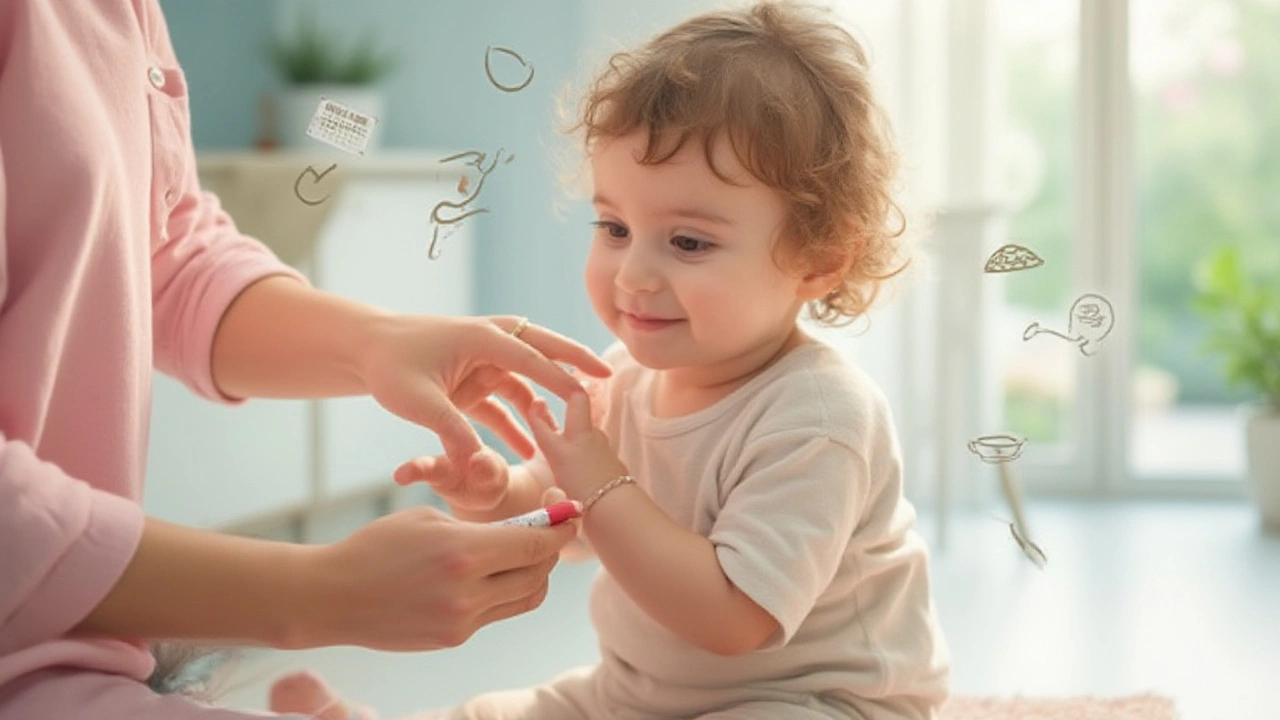
The Fragrance Question: Why Fragrance-Free Matters
Manufacturers add scents so products “smell nice.” But toddler skin doesn’t need nice smells—it needs gentle, no-nonsense care. Fragrances aren’t just a risk for allergic reactions—they can prolong healing, mess with the skin barrier, and even make an infection more uncomfortable. The antifungal cream for toddlers you choose should say “fragrance-free” right on the front. If it doesn’t, dig into the ingredients panel. Even natural oils, like lavender or tea tree, can act as allergens for babies and toddlers.
The American Contact Dermatitis Society puts fragrances among the top five irritants in children’s skincare products. Most parents skip checking, just assuming “baby” branding means gentleness. Not so—double-check, especially if your toddler has reacted to lotions or wipes before.
Here are a few common “hidden” fragrance ingredients that spell trouble on toddler skin:
- Limonene
- Linalool
- Citronellol
- Lavandula (lavender) oil
- Eugenol
If you see any of these, especially together, that’s a red flag. Remember, fragrance-free means just that—no natural or synthetic scents at all.
Some parents worry that fragrance-free products won’t mask the 'typical' diaper smell or might seem medicated. But if a cream helps heal a fungal rash, masking isn't what matters. Besides, once that rash is gone, so is most of the smell—healing always comes first.
Think about how often you need to apply antifungal creams—at each diaper change or after baths. Multiply that by days or weeks, and that’s a lot of exposure for baby skin. Fragrance-free is a simple way to stack the odds in your favor: less irritation, faster healing, happier toddler.
Dosing and Application Tips: Getting It Right
Look, dosing a squirmy toddler isn’t always straightforward. Most tubes say “apply a thin layer” but how thin is thin? The right amount covers the area without pooling or looking shiny. A pea-sized dab is usually enough for a patch the size of your toddler’s palm. Too much cream isn’t better—in fact, it can trap moisture and lead to more irritation or a spread of the fungus.
Wash your hands before and after you apply any antifungal. Gently pat the area with a clean towel before putting the cream on—don’t rub, as friction can make things worse. Let the skin air out for a minute or two after applying. If you’re dealing with a diaper area rash, give your toddler some diaper-free time to really let the skin breathe. Toss any applicators you use or clean them right away to avoid reinfecting the area.
Your pediatrician may suggest a routine for several days—don’t stop early, or the fungus can come roaring back. The typical timeline is twice a day for 7-14 days, even if the skin looks better after 3-4 days. If you skip doses or quit too soon, you risk the rash coming back, and sometimes stronger. According to a 2022 pediatric dermatology survey, three out of four parents stopped antifungal creams as soon as the rash visibly faded—which increased recurrence by nearly 40%.
Keep creams out of reach and supervise applications. Toddlers have a knack for touching treated areas, so wash hands and keep distractions handy (a favorite toy helps keep their fingers off the rash). Only cover the area with gauze or a diaper if your doctor instructs it—occluding the skin can worsen the infection if not done properly.
If things aren’t improving after a week, it’s time to loop in your pediatrician. Sometimes a rash isn’t fungal at all, or a secondary infection has popped up. Don’t try doubling the dose or adding other medications without medical input. And avoid putting antifungal creams anywhere near eyes, open wounds, or mouths—toddlers love to touch, and you want to avoid accidental ingestion.
Here’s a quick step-by-step for application:
- Wash hands with soap and water.
- Clean the rash area gently, pat dry.
- Apply a pea-sized amount of cream, rubbing gently until absorbed.
- Let skin air dry before dressing or replacing diapers.
- Repeat as directed by your pediatrician, even after the rash looks healed.
And a pro tip from seasoned parents: take a photo of the rash on day one. It can help track progress and is handy for doctor visits if you're worried things aren't clearing up as expected.
Combining smart product choices, careful application, and a watchful eye makes all the difference. Most toddler fungal rashes clear up fast with the right game plan—no confusing instructions, no harsh chemicals, and best of all, no recurring battles. You want your little explorer back in action and rash-free, and picking the right antifungal makes that happen—without any guesswork.

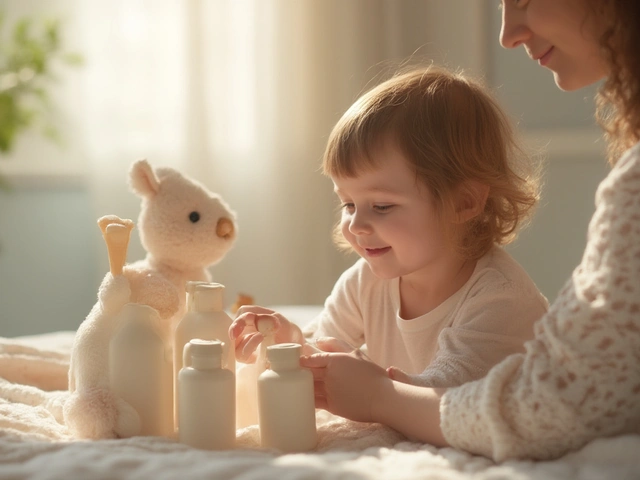
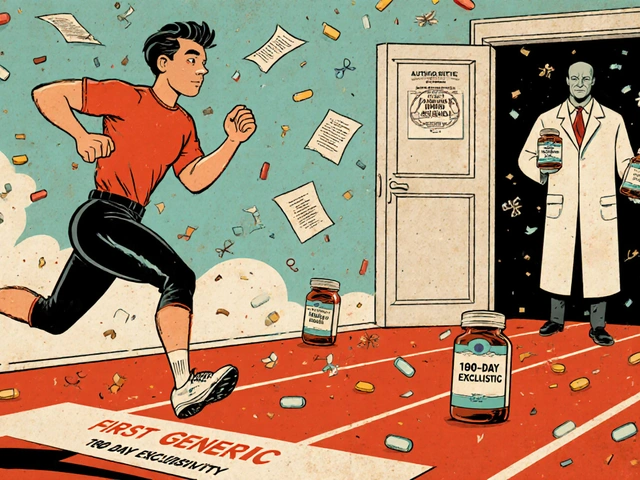
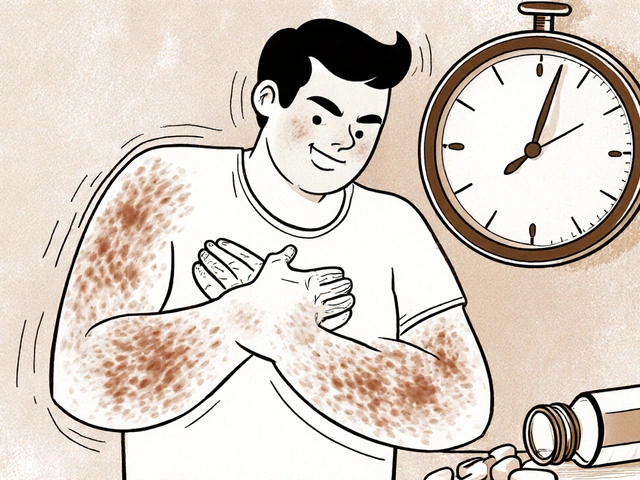
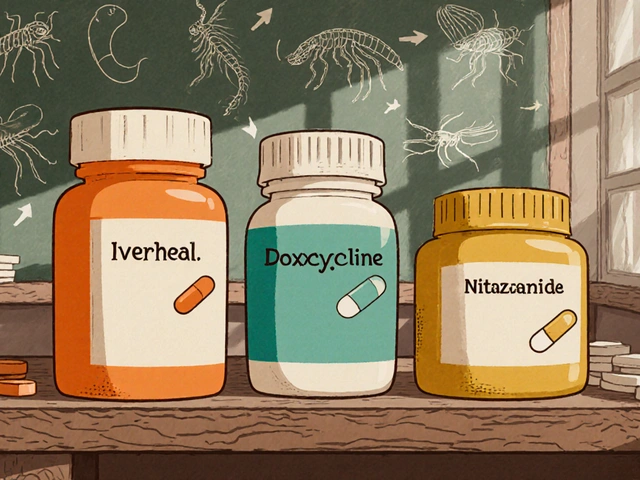
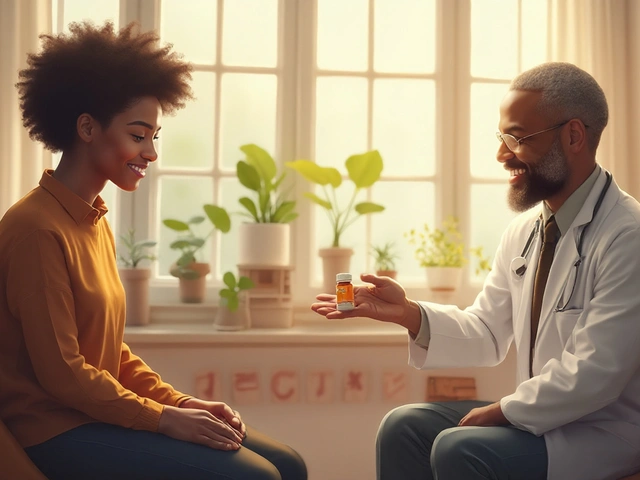

Write a comment
Your email address will be restricted to us